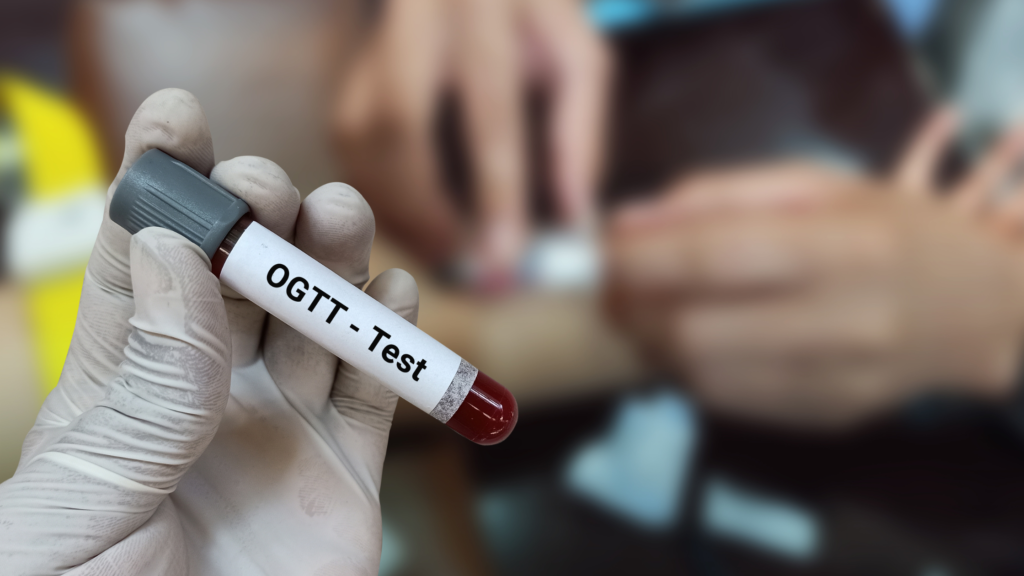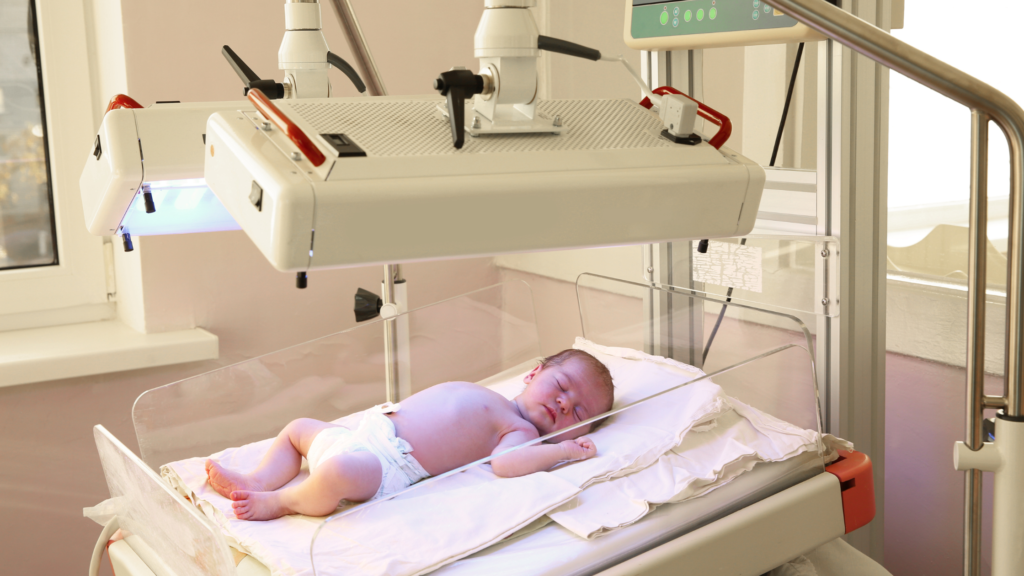
Berdi
urinary Track Health

Gestational diabetes (GD) is a significant health concern affecting pregnant women, impacting both maternal and fetal well-being. This condition, characterised by elevated blood sugar levels during pregnancy, requires careful management to ensure a healthy pregnancy and reduce potential complications.
In this comprehensive article, we will delve into the various aspects of gestational diabetes, exploring its prevalence, causes, risk factors, diagnostic methods, treatment options, and preventive measures.
Gestational diabetes (GD) is a temporary form of diabetes that develops during pregnancy, typically around the 24th to 28th week. This condition occurs when the body cannot produce enough insulin to meet the increased demands during pregnancy, leading to elevated blood sugar levels. According to the Centers for Disease Control and Prevention (CDC), GD affects approximately 8.3% of all pregnancies globally as of 2021, making it a significant public health concern.
The exact cause of GD is not fully understood, but hormonal changes during pregnancy play a crucial role. The placenta produces hormones that can interfere with insulin function, leading to insulin resistance. The mechanism involves the pancreas struggling to produce enough insulin to overcome the resistance, resulting in elevated blood glucose levels.
According to the National Health Service UK, risk factors for developing GD include

Diagnosing GD is a vital step in ensuring timely intervention. Pregnant women are typically screened between the 24th and 28th weeks of pregnancy through an oral glucose tolerance test (OGTT). This involves fasting overnight, followed by consuming a glucose solution and measuring blood sugar levels at specific intervals. If elevated glucose levels are detected, further testing may be required to confirm the diagnosis.

GD can have various effects on the fetus or baby, both during pregnancy and after birth. Here are some potential impacts:
It’s important to note that most women with GD give birth to healthy babies, especially if they keep their blood glucose in check and get regular checkups. The effects may vary in severity and occurrence, and individual cases may be influenced by factors such as maternal glucose control and overall health. Regular monitoring and appropriate medical care during pregnancy can help manage and mitigate these potential risks.

Effective management of GD is crucial to prevent complications for both the mother and the baby. Treatment strategies include lifestyle modifications, medication, and close monitoring.

Insulin therapy may be recommended to control blood sugar levels in cases where lifestyle changes are insufficient. This is considered safe during pregnancy and is administered through injections. A study in BBA Molecular Basis of Disease shows that insulin therapy is beneficial in restoring healthy glucose levels in women with GD. It also positively impacts the placenta, foetus, and newborn. Moreover, it results in normal glucose levels in the baby.
Pregnant women with GD are advised to monitor their blood sugar levels regularly, usually before and after meals. If working with a nutritionist or a diabetes specialist, you can adjust your daily insulin intake depending on your readings.
While GD cannot always be prevented, there are steps women can take to reduce their risk. Maintaining a healthy weight before pregnancy. The following are the essential preventative measures to avoid GD.
Understanding GD is crucial for expectant mothers and healthcare professionals alike. With proper awareness, timely diagnosis, and effective management, women can navigate pregnancy with GD while ensuring the best possible outcomes for both themselves and their babies. Embracing a holistic approach that includes lifestyle modifications, medication when necessary, and regular monitoring forms the cornerstone of GD care, fostering a healthy and thriving pregnancy.
Route2Health’s Prenate can help you maintain a healthy pregnancy. It provides you with all the essential nutrients in optimum amounts, ensuring your and your baby’s health.
Untreated GD can lead to complications such as macrosomia (large birth weight), respiratory distress syndrome, and hypoglycemia in newborns. Proper management minimises these risks.
No, GD usually resolves after childbirth. However, it increases the risk of developing type 2 diabetes later in life.
A well-balanced diet with controlled portions is recommended. Focus on complex carbohydrates, lean proteins, and healthy fats.
In some cases, lifestyle modifications alone may be sufficient. However, medication, typically insulin, may be necessary for effective blood sugar control.
Your healthcare provider will advise on the frequency of blood sugar monitoring. Typically, it involves checking levels before and after meals.












